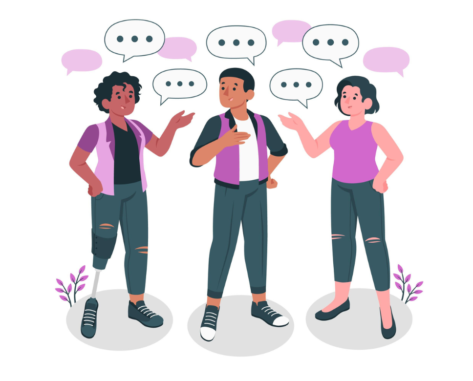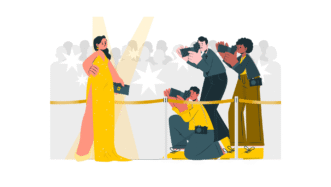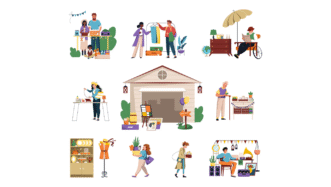LESSON OVERVIEW
In this Speaking Class lesson about cultural differences, students discuss how social interactions differ from culture to culture. They also watch a video and consider things that are appropriate and inappropriate to say. Additionally, there is a short, optional vocabulary task.
B1 / Intermediate45 min
60 minSpeaking ClassUnlimited Plan
This is a Speaking Class worksheet. It includes a variety of tasks that let your students practise their speaking skills. This lesson format does not focus on grammar or vocabulary. Learn more about it here.
WARM-UP & VIDEO
The lesson about cultural differences starts with a warm-up task. Students read four situations (e.g. having small talk in a lift) and think what they would say or do. They also need to answer some questions about the situations. Some of the words in the questions are in bold (e.g. impolite, awkward, appropriate). The teacher can draw students’ attention to the vocabulary by asking them some questions provided in the teacher’s note.
Then, students watch the first part of the video and predict how the story will continue. They watch the second part of the video to check their answers. After that, students have a discussion about the issues raised in the video. They have to say what they think about the speakers’ opinions and share whether they think the opinions show cultural differences.
SPEAKING
In this part of the lesson, students look at a list of questions one might ask a person (e.g. How old are you?, How much do you earn?) and decide when it is appropriate to ask them. They consider different people, like a colleague or someone you are on a first date with. Students also brainstorm whether it’s possible to make some of the questions more appropriate.
Next, students look at some behaviours (e.g. telling jokes in a work meeting, talking on the phone when you’re on a bus) and decide if they are appropriate in their culture. Finally, at the end of this lesson on cultural differences, students discuss other things that might be appropriate and inappropriate to say. For instance, they share their opinions on using swear words or sense of humour.
Subscribe to unlock these and many other Standalone lesson lesson plans with the Unlimited planWORKSHEETS














Oh, I love this one! Thank you!!!
I’m delighted to hear that 🙂
This is my favourite speaking lesson on here!
Thank you, that’s fantastic 🙂
Thank you for this lesson – all of my students really enjoyed it and it sparked some interesting debates!
Thanks for sharing! I’m glad the lesson was a success.